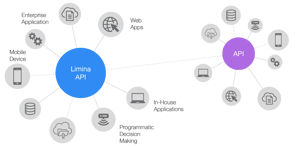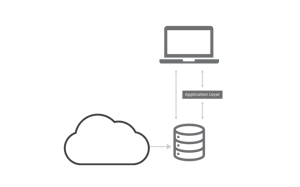
Open platform: API's
Limina’s flexible investment portfolio management system is open, which means we embrace connectivity as something positive. The entire platform has been built to assume that any data can come from external providers – be it systems or service providers. This philosophy goes through the system design; even Limina’s IBOR software can absorb data from external IBORs.
APIs are an essential part of enabling the open platform. We’ve taken an API-first approach, meaning any system task can be triggered or performed programmatically.
An API-first approach
Limina’s Investment Management Platform has an API-first design. API-first means that the interface users interact with doesn’t contain any business logic. In fact, it’s just a display layer and is thin enough to run in the browser.
Instead, all logic resides in the cloud, and the user interface requests any data it needs through APIs. Since the user interface uses APIs, Limina naturally has full API coverage – anything a user can do in the interface can also be done via the API. Thanks to the complete API coverage, you can build any bespoke integration on top of the platform.

An open platform
Limina Investment Manager Software is designed as an open platform, making the product easy to extend and integrate with third-party solutions including investment data.

Get away from database-level integrations
Investment managers can improve governance with APIs, compared to building dependencies directly to a system’s database. Compared to database structures that often change on upgrades, APIs can be kept unchanged in an upgrade even if the database models change.
APIs should never change; instead, we release a new API endpoint. We keep the old endpoint (v1) in parallel with the new (v2) for a period. In Limina’s case, this is typically 6-9 months, giving you ample time to transition. Our goal is to help you focus on investment returns instead of databases and upgrades, which is why we promote APIs instead of database access.
CURIOUS TO LEARN MORE?
Don't hesitate to get in touch - we're happy to advise on any questions you may have about the product and how it can fit into your landscape and support your target operating model.






